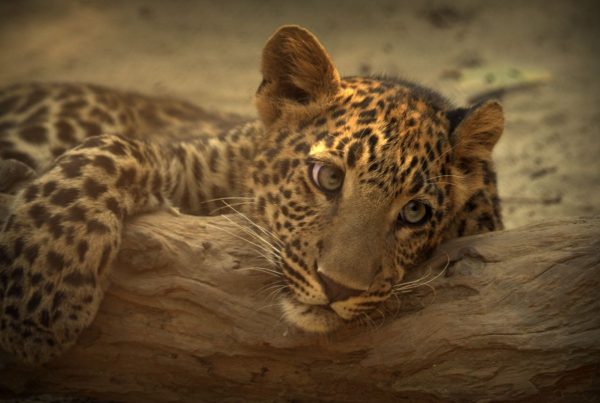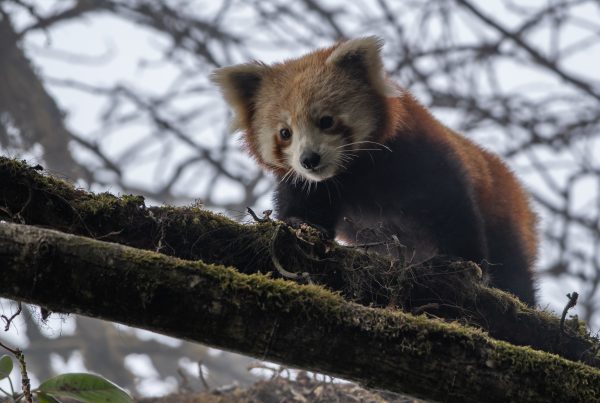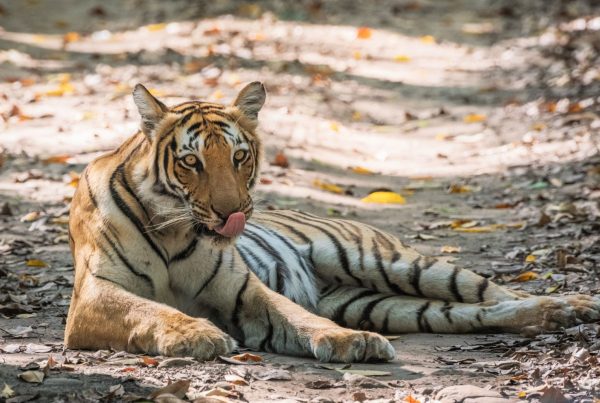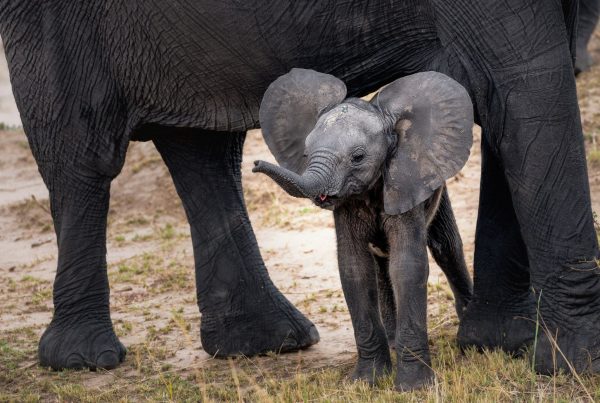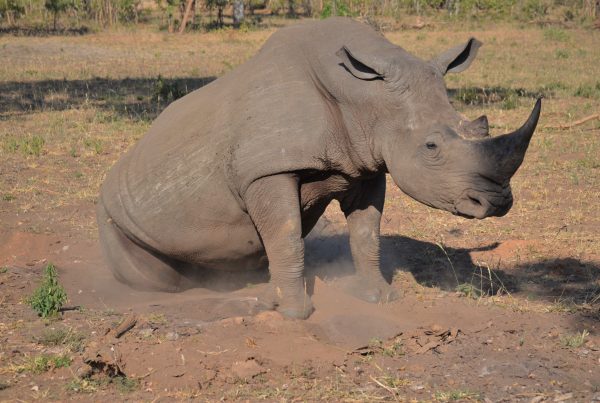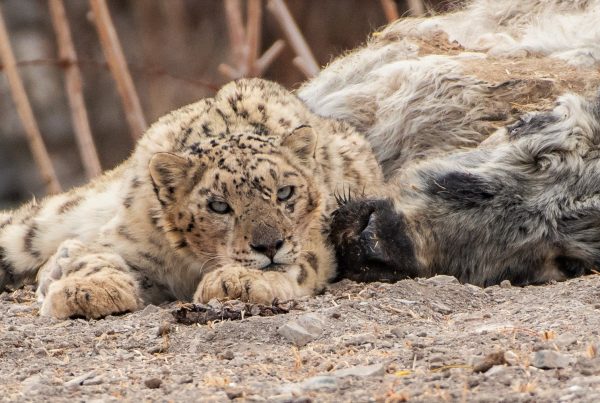Wildlife Diversity
350
1224
192
408
2546
The wildlife diversity is unique despite having the second largest human population on earth. India boasts 10% of the world’s wildlife species made possible only by the variety of landscapes.
Two notable geographic features. The Himalayas form the northern limits of India. The Indo-Gangetic Plain extends from the Himalayas to the Deccan in the south. The Ganges River forms the central and principal river of the plain, although the Indus and the Brahmaputra are notable rivers of the region.
India has the highest number of wildcat species, 50% of the world’s bear species, 12% of the world’s bird species. The landscape is home to deer as well as antelope species, all varieties of canines from wolves, hyena, jackal, wild dogs and fox. These species differ from those found in Africa or on other continents.
The sub-continent has over 870 endemic species, and there are more species still to be discovered. The flora of India reflects the rainfall pattern, which dictates the distribution of the wildlife.
In areas of high precipitation are mixed broadleaf evergreen forests, less wet areas have dry, deciduous forests, and coniferous forests are only in the Himalayas. A total of 17,000 plants are listed so far.
The majestic power of the tiger. The stealth of the leopard. The roar of the lion. These are just three of the 15 cat species to be found in India. This diverse country also has:
- Megafauna including wild elephant, rhino, wild water buffalo and gaur.
- There are several canines including the Dhole (Indian Wild dog), jackal, striped hyena and wolves.
- Here too are four species of bear which includes the Sloth bear, Himalayan Black Bear, Brown Bear and Sun Bear.
- The only Ape present in the subcontinent is the Hoolock Gibbon.
- Hard to find is the incredible 270 species of snakes including the King Cobra, the biggest venomous snake in the world.
Throughout the Indian sub-continent are various wildlife hotspots. Even human-made habitats like farms, old ruins and garbage dumps provide habitats for numerous species. However, the best wildlife is in the protected boundaries of national parks and reserves.
Passionate about wildlife?
Our experienced wildlife experts are available to guide you around our incredible wild world


